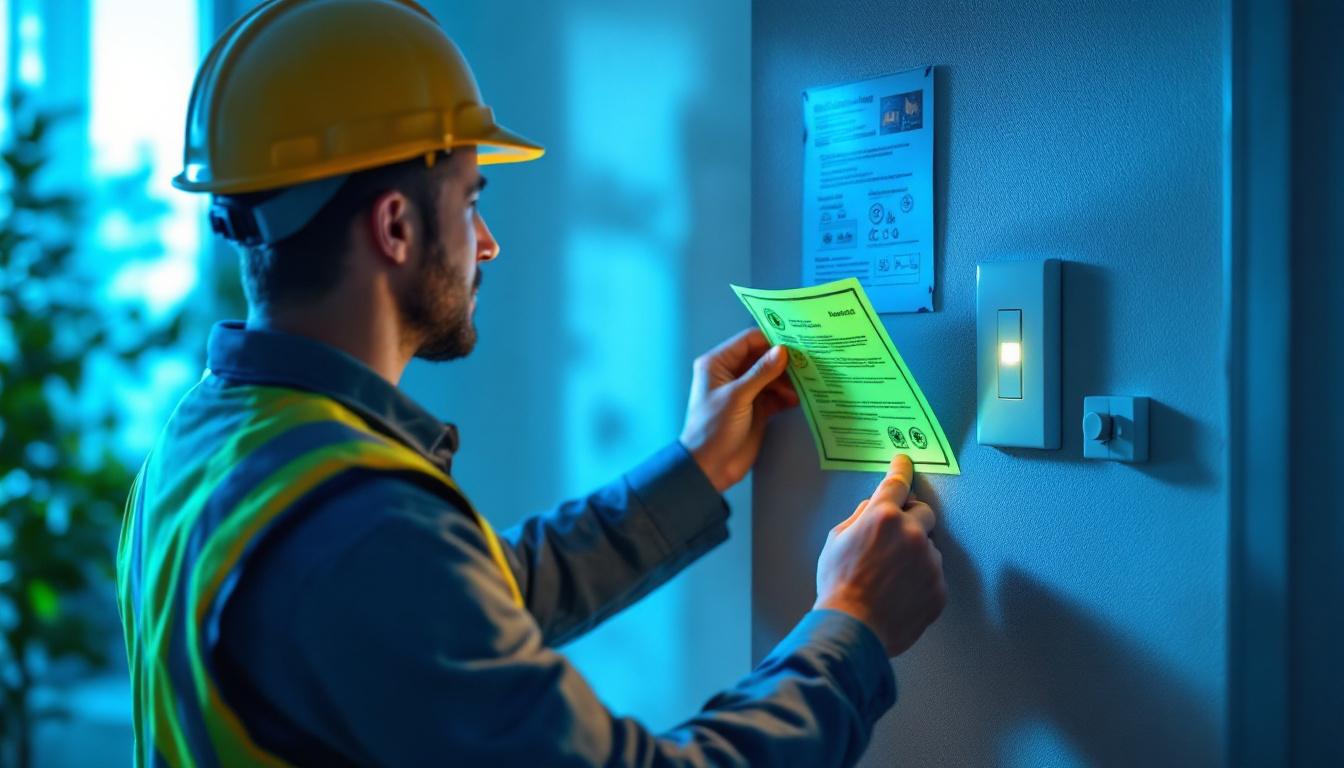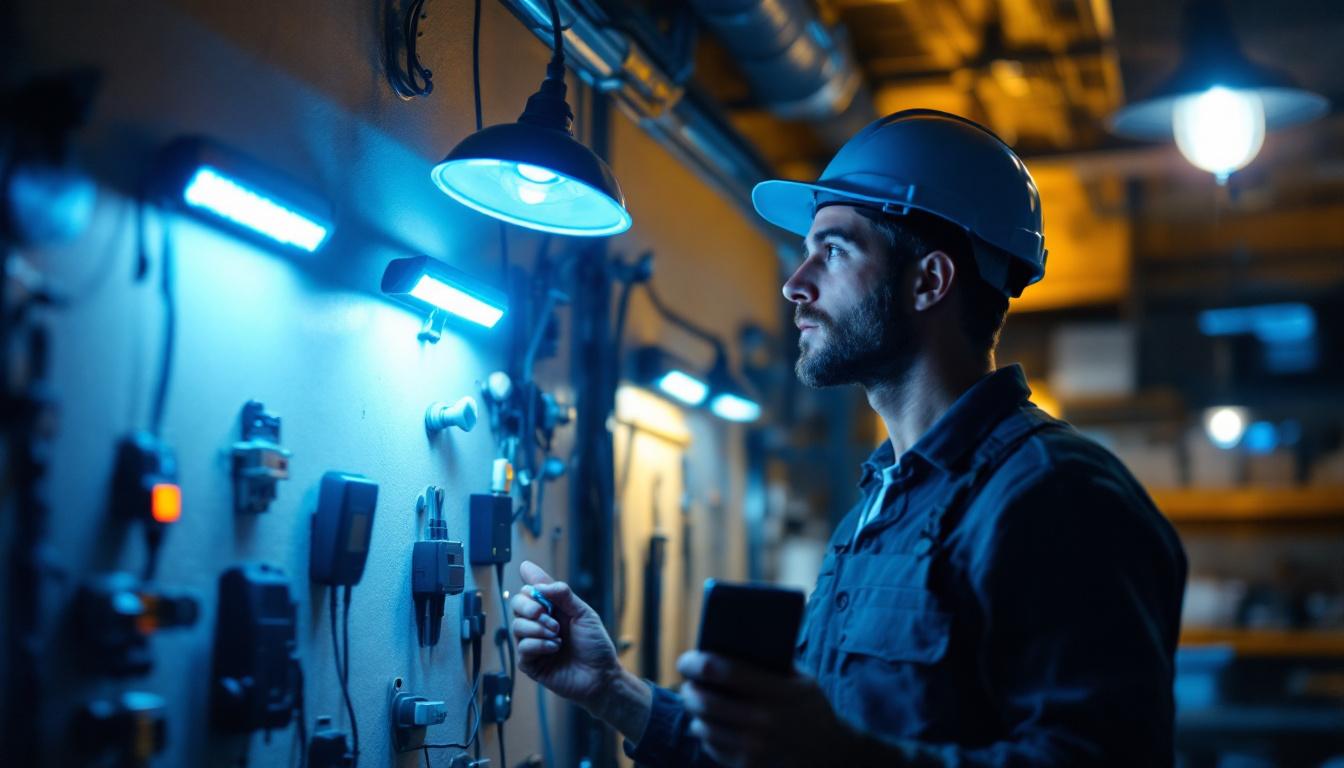
As the world continues to evolve, so does the significance of outdoor lighting in both residential and commercial spaces. The lighting industry has witnessed a remarkable transformation, with outdoor lighting becoming an essential element in enhancing safety, aesthetics, and functionality. This article explores the various facets of outdoor lighting, its increasing importance, and the trends shaping its future.
Outdoor lighting is no longer merely a functional necessity; it has become an integral part of modern design. Architects and designers recognize that well-planned outdoor lighting can dramatically enhance the beauty of a space, creating inviting atmospheres that encourage social interaction and relaxation.
One of the primary reasons for investing in outdoor lighting is to boost the aesthetic appeal of a property. Thoughtfully placed lights can highlight architectural features, illuminate pathways, and create focal points in gardens and yards. The right lighting can transform an ordinary outdoor area into a stunning visual experience, making it more attractive to visitors and potential buyers alike.
Moreover, with the advent of LED technology, outdoor lighting has become more versatile. Designers can choose from a wide array of colors, intensities, and fixtures, allowing for creative expression that aligns with the overall design theme of the property. For instance, warm white lights can create a cozy ambiance for a backyard gathering, while cooler tones can lend a modern, sleek feel to a contemporary landscape. Additionally, the use of smart lighting systems allows homeowners to customize their outdoor lighting based on the time of day or occasion, further enhancing the adaptability of their outdoor spaces.
Safety is a paramount concern for homeowners and business operators alike. Adequate outdoor lighting plays a crucial role in preventing accidents and deterring criminal activity. Well-lit pathways, driveways, and entrances reduce the risk of slips and falls, while bright lighting can discourage potential intruders.
In commercial settings, security lighting is particularly vital. It not only protects property but also enhances the safety of employees and customers. The strategic placement of lights can create a sense of security, encouraging patrons to visit after dark. Furthermore, integrating motion sensors and timers into outdoor lighting designs can add an extra layer of security, ensuring that lights are activated only when needed. This not only conserves energy but also provides peace of mind, knowing that the property is monitored and illuminated during critical times. As urban areas continue to evolve, the importance of effective outdoor lighting in enhancing safety and security cannot be overstated, making it an essential component of modern design.
The outdoor lighting industry has embraced technological advancements, leading to innovative solutions that enhance both functionality and user experience. From smart lighting systems to energy-efficient options, the future of outdoor lighting is bright.
Smart lighting technology has revolutionized the way outdoor spaces are illuminated. Homeowners and businesses can now control their outdoor lighting remotely through smartphones or voice-activated devices. This not only offers convenience but also allows for customization based on personal preferences and needs.
For instance, smart lighting can be programmed to adjust brightness levels based on the time of day or occupancy, ensuring that energy is used efficiently. Additionally, features such as motion sensors can enhance security by activating lights when movement is detected. Some systems even offer integration with home security cameras, providing real-time alerts and allowing users to monitor their properties from anywhere in the world.
Moreover, the ability to create lighting scenes tailored to specific occasions—such as outdoor gatherings, holiday celebrations, or quiet evenings—adds a new dimension to outdoor living. With just a few taps on a mobile app, users can transform their patios or gardens into beautifully lit spaces that enhance the ambiance and enjoyment of their surroundings.
With growing environmental concerns, energy efficiency has become a significant focus in the lighting industry. LED lights have emerged as a popular choice for outdoor lighting due to their long lifespan and low energy consumption. Unlike traditional incandescent bulbs, LEDs consume significantly less power while providing superior brightness.
Furthermore, many outdoor lighting solutions now incorporate solar technology. Solar-powered lights harness energy from the sun, making them an eco-friendly option that requires minimal maintenance. This shift towards sustainable lighting solutions not only benefits the environment but also reduces long-term costs for homeowners and businesses.
In addition to solar-powered options, some manufacturers are exploring the use of smart grid technology to optimize energy consumption across entire neighborhoods. By connecting outdoor lighting systems to a central grid, municipalities can manage lighting based on real-time data, reducing energy waste during off-peak hours. This innovative approach not only promotes sustainability but also enhances the safety and security of public spaces, creating well-lit environments that deter crime and encourage community engagement.
As the outdoor lighting industry continues to evolve, several trends are emerging that lighting contractors should pay attention to. These trends reflect changing consumer preferences and technological advancements that are shaping the future of outdoor illumination.
Integrated landscape lighting is gaining traction as homeowners seek seamless designs that blend with their outdoor spaces. This trend involves embedding lighting fixtures within landscaping elements, such as pathways, gardens, and retaining walls. The result is a cohesive look that enhances the natural beauty of the environment while providing functional lighting.
Contractors should be prepared to work closely with landscape designers to create integrated lighting solutions that meet the specific needs of each project. This collaboration ensures that lighting is not an afterthought but rather a fundamental aspect of the overall design.
Layered lighting techniques are becoming increasingly popular in outdoor spaces. This approach involves using multiple types of lighting—ambient, task, and accent—to create depth and dimension. By combining different lighting styles, contractors can enhance the functionality and ambiance of outdoor areas.
For example, ambient lighting can provide general illumination, while task lighting focuses on specific areas such as outdoor kitchens or seating areas. Accent lighting can highlight features like sculptures or trees, adding visual interest to the landscape. Understanding how to effectively layer lighting will set contractors apart in a competitive market.
While outdoor lighting offers numerous benefits, it also presents unique challenges that contractors must navigate. Understanding these challenges and developing strategies to address them is essential for successful project execution.
Outdoor lighting fixtures are exposed to various weather conditions, including rain, snow, and extreme temperatures. Therefore, selecting durable materials that can withstand the elements is crucial. Contractors should prioritize fixtures that are rated for outdoor use and designed to resist corrosion, fading, and damage from UV rays.
Additionally, proper installation is vital to ensure that fixtures remain secure and functional over time. This may involve using appropriate mounting techniques and ensuring that electrical connections are adequately protected from moisture.
Another challenge in outdoor lighting installation is navigating local regulations and codes. Many municipalities have specific guidelines regarding outdoor lighting, particularly concerning brightness levels, light pollution, and energy efficiency. Contractors must stay informed about these regulations to ensure compliance and avoid potential fines or project delays.
Engaging with local authorities early in the planning process can help contractors identify any restrictions and design solutions that meet regulatory requirements while still achieving the desired aesthetic and functional outcomes.
The future of outdoor lighting is bright, with continued advancements in technology and design. As consumers become more discerning, the demand for innovative and sustainable lighting solutions will only grow. Contractors who stay ahead of these trends and embrace new technologies will find themselves well-positioned in the evolving market.
As outdoor spaces become extensions of the home, the desire for customization will increase. Homeowners will seek tailored lighting solutions that reflect their personal style and enhance their outdoor experience. Contractors should be prepared to offer a range of customizable options, from fixture styles to lighting controls, to meet these demands.
Incorporating design software that allows clients to visualize their outdoor lighting can also enhance the customer experience. By providing a clear picture of how different lighting options will look in their space, contractors can facilitate informed decision-making and increase client satisfaction.
The integration of outdoor lighting with smart home systems is expected to become more prevalent. As homeowners invest in smart technology, they will look for ways to incorporate outdoor lighting into their overall home automation systems. This includes syncing outdoor lights with security systems, smart thermostats, and other connected devices.
Contractors who understand how to integrate outdoor lighting with smart home technology will offer added value to their clients, positioning themselves as experts in a rapidly evolving field.
The growing importance of outdoor lighting in the lighting industry cannot be overstated. As it evolves from a purely functional necessity to a vital aspect of design and safety, lighting contractors must adapt to meet the changing demands of their clients. By embracing technological advancements, staying informed about trends, and addressing the challenges of outdoor lighting installation, contractors can position themselves for success in this dynamic market.
Ultimately, the future of outdoor lighting is not just about illuminating spaces; it’s about creating experiences that enhance the quality of life for individuals and communities alike. As the industry continues to grow, those who prioritize innovation, sustainability, and customization will lead the way in shaping the outdoor lighting landscape.
Ready to elevate your outdoor lighting game? At LumenWholesale, we provide lighting contractors with the highest quality, specification-grade lighting products at unbeatable wholesale prices. Say goodbye to local distributor markups and hello to a vast selection of reliable, high-performance lighting that meets the most rigorous industry standards. With free shipping on bulk orders, you can secure premium lighting solutions at the best value — all without hidden fees or quality compromises. Enhance the quality of life for your clients and lead the way in the outdoor lighting industry. Discover the perfect blend of quality, affordability, and convenience at LumenWholesale — your partner in creating exceptional outdoor experiences.

Discover expert tips and insights for selecting the perfect hallway lighting.

Discover the essential compliance guidelines every lighting contractor must know about light switches.

Discover why LED lighting is revolutionizing garage spaces and why every lighting contractor should prioritize it.

Discover how concrete posts can revolutionize your outdoor lighting setup with energy-efficient solutions.